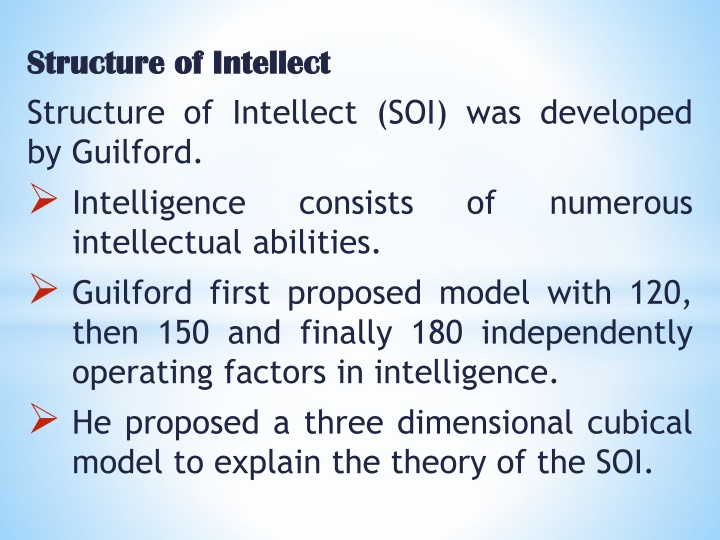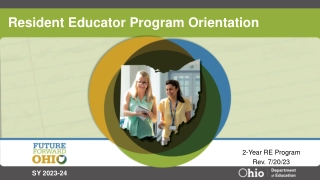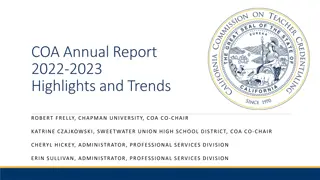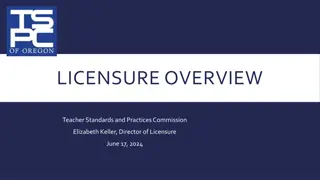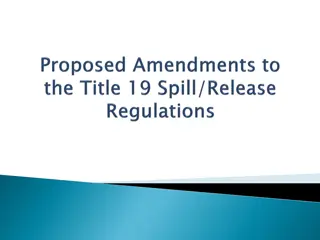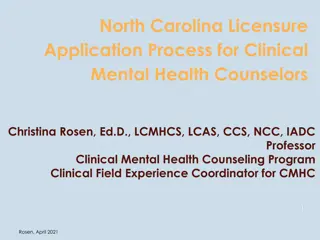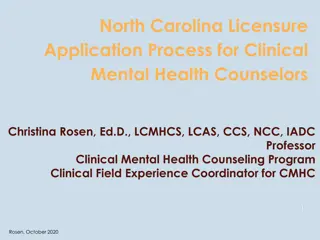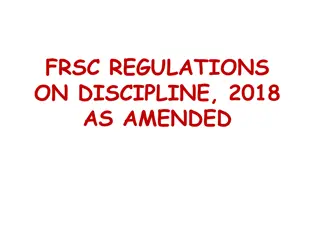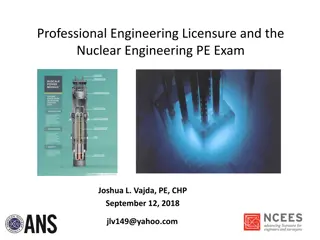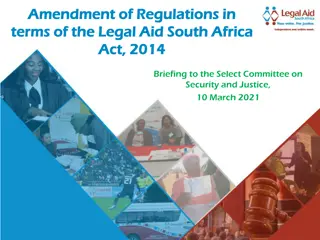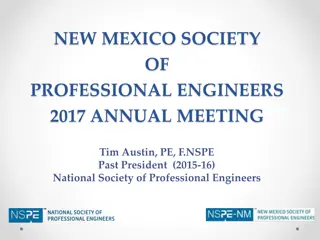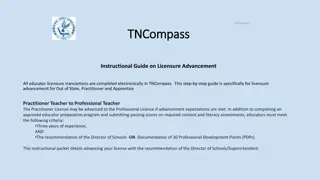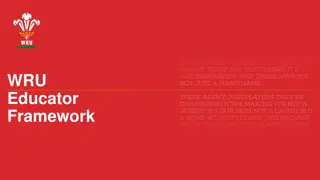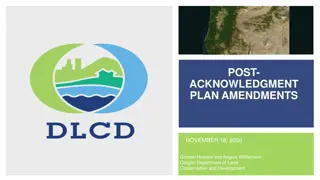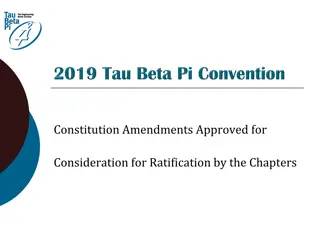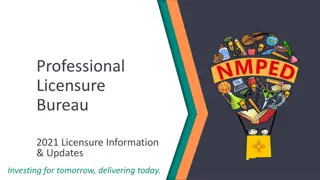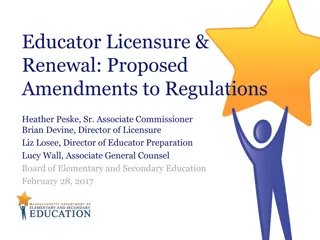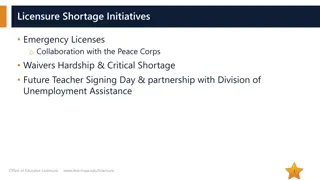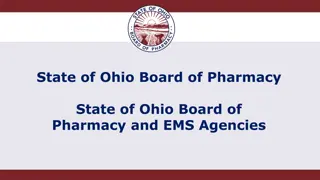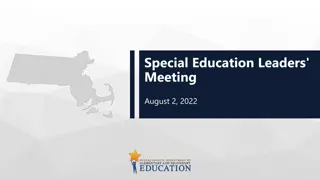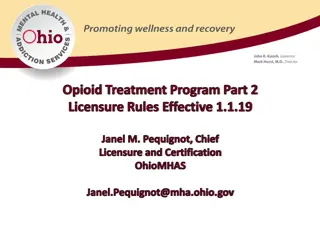Amendments to Educator Licensure Regulations - Regulatory Updates and Recommendations
Detailed discussion on recent amendments to educator licensure regulations in Massachusetts, including extension of alternative licensure assessment pilot, new provisional license options, modifications based on public comments, and recommendations for the future.
Uploaded on Apr 19, 2025 | 0 Views
Download Presentation

Please find below an Image/Link to download the presentation.
The content on the website is provided AS IS for your information and personal use only. It may not be sold, licensed, or shared on other websites without obtaining consent from the author.If you encounter any issues during the download, it is possible that the publisher has removed the file from their server.
You are allowed to download the files provided on this website for personal or commercial use, subject to the condition that they are used lawfully. All files are the property of their respective owners.
The content on the website is provided AS IS for your information and personal use only. It may not be sold, licensed, or shared on other websites without obtaining consent from the author.
E N D
Presentation Transcript
Structure of Intellect Structure of Intellect Structure of Intellect (SOI) was developed by Guilford. Intelligence consists intellectual abilities. Guilford first proposed model with 120, then 150 and finally 180 independently operating factors in intelligence. He proposed a three dimensional cubical model to explain the theory of the SOI. of numerous
These factors were then organized along three dimensions: o Operations o Contents o Products
Each of these aspects of intelligence was analyzed and separated categories: six for operations, six for products and five for content, making a cube of 6 x 6 x 5 = 180. into sub
Operations Operations: It refers processes of thinking used by persons. It has the following six sub categories: C Cognition: Understanding information and discovering new ideas and concepts. This related to their level of comprehension and how well they information on their own. to the basic intellectual new is also directly can discover
M Memory : It includes persons ability to recall or recognize previously learned information. D Divergent Production: It refers to the ability to search for multiple, creative or novel solutions to a problem.
C Convergent Production: It includes the ability to search for a correct solution to a problem (It is the type of thinking that results in the right or best answer) E Evaluation: It is the ability to judge the information critically whether it is correct or incorrect, which items are identical in some way, which items are better, and what qualities are shared by various items, etc.
Content Content: It refers to a type of content or material on which operations are performed. It has the following five sub categories: V Visual: Perceived through seeing. A Auditory: Perceived through hearing. S Symbolic: Perceived as symbols or signs.
S meaning and ideas, study of meaning. K Kinesthetic: physical actions. B Behavioural: Information perceived as acts of people. Semantic: Concerned with verbal Perceived through
Products Products: It refers operations on contents, i.e., the form of thought produced by individuals: It has the following six sub categories: U Units: It refers to the production of single word, definition or information (represents a single item of information) C Classes: It refers to the production of a concept. to the results of performing isolated bit of
R Relations: It refers to the production of any form of relationship such as an analogy, an opposite or other similar one s. S System: It refers to the production of an organization of items or network with interacting parts relationships among units). (consists more of the two than
T production organization arrangements. I Implications: It refers to the production of such information as is beyond the data presented (ability expectations and information into the future). Transformation: It refers in some to the of changes of meaning, other to extend present project
THANK THANK YOU YOU
